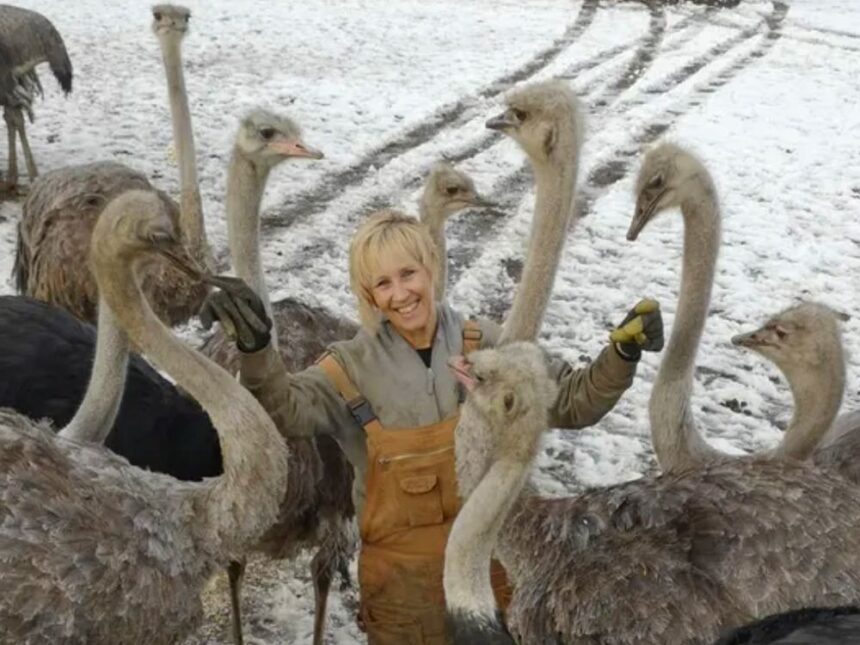In a decision that has sent ripples through British Columbia’s agricultural community, the B.C. Supreme Court has cleared the way for the culling of approximately 400 ostriches in the province’s Interior region. The ruling, delivered earlier this week, concludes a contentious legal battle that has highlighted the complex intersection of animal welfare, agricultural regulations, and economic realities facing exotic livestock producers.
The case centers on a farm near Armstrong, B.C., where hundreds of ostriches have been housed in conditions that provincial authorities deemed inadequate. According to court documents, inspectors from the BC Ministry of Agriculture documented concerning levels of overcrowding, insufficient shelter from harsh weather conditions, and questionable access to appropriate nutrition.
“This decision wasn’t reached lightly,” said Justice Eleanor Matheson in her 42-page ruling. “The evidence presented demonstrates persistent welfare concerns that could not be adequately addressed through less drastic measures.”
The farm’s owner, Gerald Thornton, had acquired the birds last year following the closure of another ostrich operation in Alberta. Thornton’s legal team argued that the province had not provided sufficient time or guidance to address the alleged deficiencies, claiming that many of the issues stemmed from temporary arrangements during facility upgrades.
The Canadian Animal Protection Society condemned the ruling, with spokesperson Maria Linden stating, “This represents a catastrophic failure of our agricultural oversight system. These birds should have been gradually rehomed rather than subjected to mass culling.”
However, livestock welfare experts from the University of British Columbia testified that the birds’ conditions had deteriorated to a point where their continued suffering outweighed other considerations. Dr. Jonathan Reid, who inspected the property, noted, “The density of birds per square meter exceeds any reasonable standard for these animals, resulting in documented aggressive behaviors, injuries, and stress indicators.”
The ruling has spotlighted Canada’s relatively limited regulations regarding exotic livestock. Unlike conventional farm animals such as cattle or chickens, specialized birds like ostriches fall into regulatory grey areas in many provinces. The Canadian Federation of Agriculture has previously called for more comprehensive and uniform standards across all livestock categories.
Economic factors have played a significant role in the case’s background. The ostrich farming industry in Western Canada has faced substantial challenges in recent years, with fluctuating market demand, high operational costs, and limited processing facilities contributing to financial instability for producers.
“The reality is that when exotic animal operations fail, there are few safety nets in place,” explained agricultural economist Dr. Patricia Varga from the University of Saskatchewan. “Unlike traditional livestock, there’s no established rescue or placement network capable of handling hundreds of ostriches simultaneously.”
The court has ordered the cull to proceed within 30 days, with veterinary oversight to ensure humane methods are employed. Provincial authorities will coordinate the operation, which is expected to cost taxpayers approximately $85,000.
As this case concludes, it raises profound questions about our agricultural systems: How do we balance innovation in farming with adequate regulatory frameworks? When exotic animal operations face crisis, what responsibilities do we collectively bear for the welfare of these animals? And perhaps most urgently, should we reconsider the parameters within which we permit the commercial raising of non-native species in Canadian agriculture?










